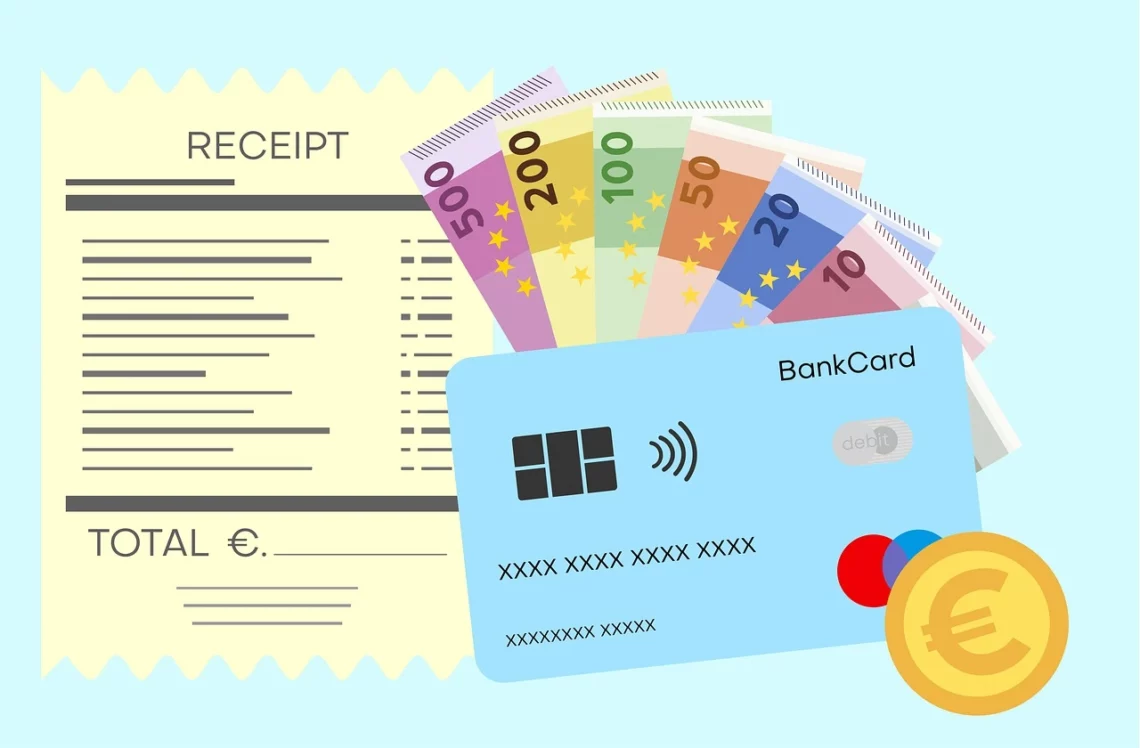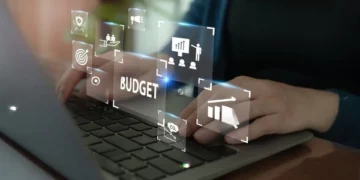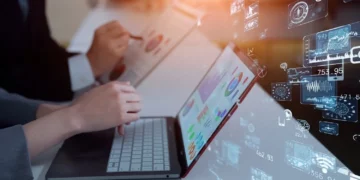Last Updated on November 27, 2025
Expense receipt
Almost all companies follow the no expense receipt, no reimbursement policy. So, as a business leader, it is fair that you are well versed in the whole thing. From what expense receipts are and how employees can submit them without any hassle, we are breaking down everything you need to know.
What are expense receipts?
Whenever employees spend or make a purchase on behalf of the company, they should submit proofs like expense receipts, flight tickets and other documents for reimbursement.
In short, an expense receipt is the proof of purchase or expenditure that your employee submits to get reimbursed.
Why are expense receipts important?
Other than playing an essential role in employee reimbursement, expense receipts are also crucial for companies claiming tax deductions. For companies to claim tax deductions on expenses, they must have a valid proof of purchase to prove that it is an expense. That is why companies request employees to submit receipts while submitting an expense claim.
When should you submit expense receipts?
In most companies, employees must submit expense receipts and expense reports while filing for reimbursement. The two common channels through which employees submit their expense receipts and reports are manual method and expense management software.
How are expense receipts submitted in manual method?
Typically in the manual expense reporting method, employees fill out expense reports that contain the date, place of expense, type, category, total amount, vendor name, name of the account, etc. The expense reports are then submitted along with expense receipts and other proofs to the head of the department or line manager.
This is then forwarded to the finance department, where it is verified for compliance. After the verification, the finance department then approves reimbursement or rejects it. In a nutshell, this is how most organisations’ traditional expense reporting process works.
Technology and expense receipts
Thanks to automated spend management software, expense processing and reimbursement are now a breeze. Employees no longer have to anxiously safeguard the receipts and bills till the end of the trip and submit them for reimbursement.
The optical character recognition (OCR) feature in most T&E systems allows employees to take a picture of the bills and capture data from there. This data can then be used on the expense report they will file electronically.
Suggested readings: Invoice Vs Receipt: Importance, Differences, and Components
Use Happay to capture expenses on the Go
Using Happay’s game-changing AI-supported OCR feature, you can now extract data from the picture of a receipt or a PDF easily. This means goodbye to receipt clutter! Here’s how the OCR feature on the Happay app works:
1. The first step is opening the Happay mobile app and capturing the picture of the bill or receipt.
2. The OCR feature on Happay’s mobile app will auto-extract essential data, such as date, merchant name, etc., from the bill or PDF in real-time.
3. Employees can also add additional details like expense category, project name, cost centre and other details from a drop-down.
4. Now, all that employees need to do is click submit, and the expense will be created in less than a minute, which they can later tag easily into an expense report.
What’s more, Happay’s OCR capabilities do not stop here. Using this feature, you can now auto capture expenses at the source as and when it happens. Some of the sources from which Happay can auto-capture expenses are:
- Gmail/Outlook
- Ola
- Uber
- SMS
Conclusion
Times they are a changing, and you must adapt to them. Companies globally are switching to automated expense management systems to manage the reimbursement process effectively. Expense management systems like Happay allow your employees to capture expenses and submit expense reports on the go without any hassle.
Additionally, on these systems, you can store the electronic version of the bills and proof of expenses on the cloud without the fear of loss or damage. This allows you to be audit-ready and prepared for the tax season.
FAQs
Most companies will not reimburse expense claims that do not have receipts. But sometimes, you could get reimbursed if you provide proof like bank statements or detailed notes to your organisations.
If by original receipts, you mean hard copies of the receipts and bills, then for most companies, it is not required. Organisations have started accepting electronic receipts, bills and tickets as proof of expense. However, some organisations still need you to submit original receipts.
To eliminate expense fraud, most organisations follow a strict policy where you need to submit receipts for reimbursements. However, in some exceptional cases, companies might reimburse if employees submit other proof of expenses.










Discussion about this post